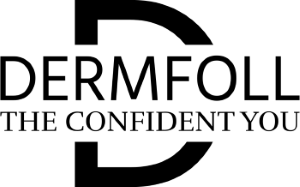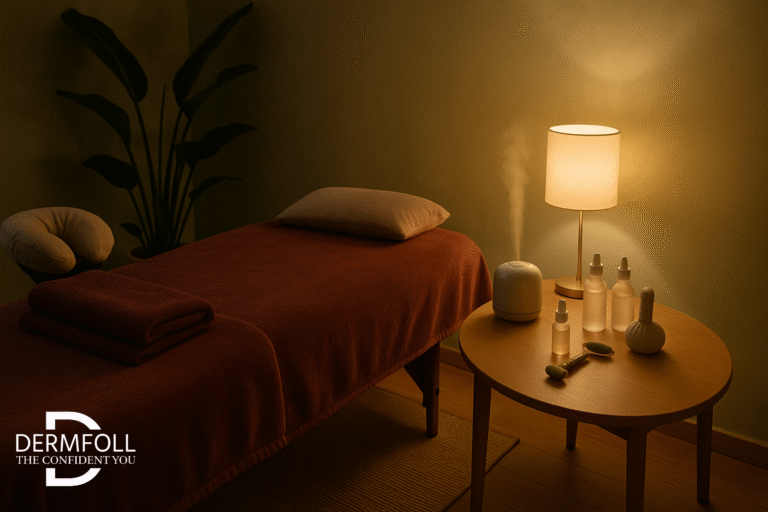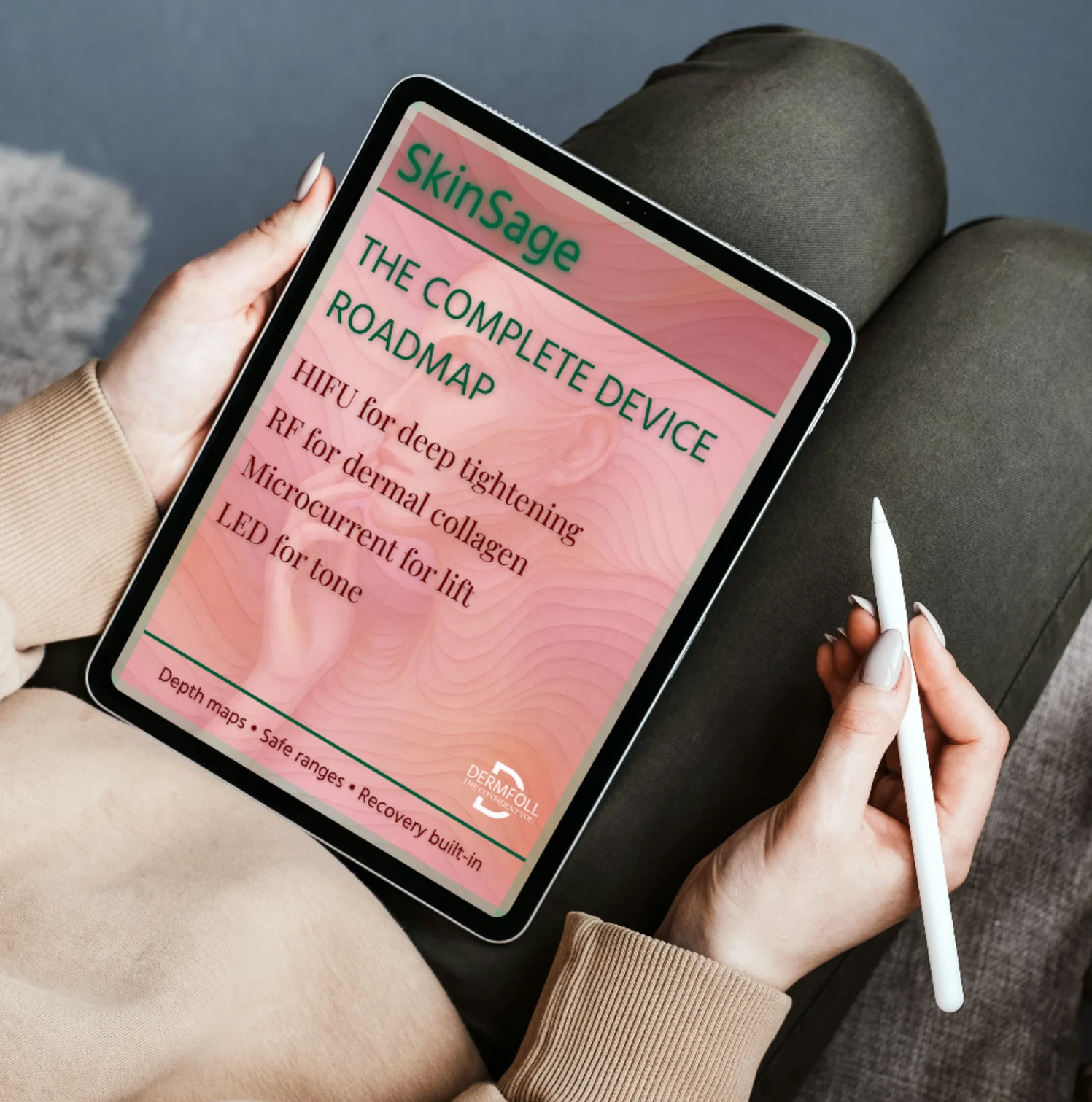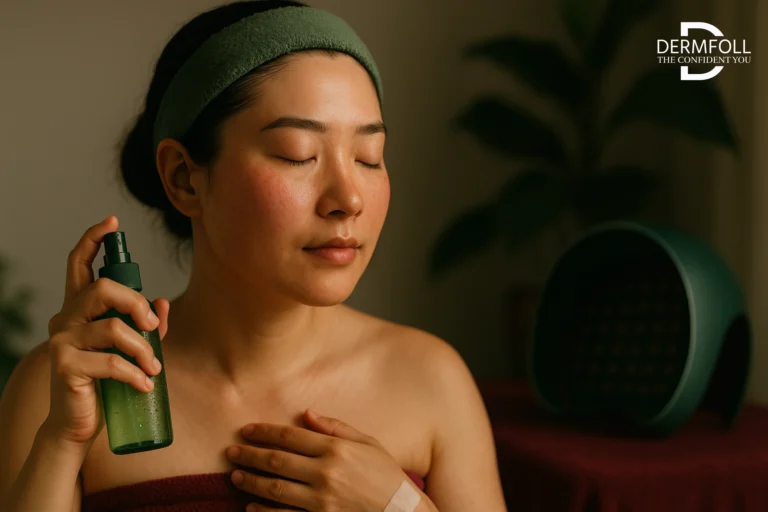Who’s an Ideal Candidate for Single-Dot RF Facial Treatments?
Not all skin journeys are the same, and neither are your goals. That’s what makes the single dot system radio frequency approach so compelling.
Because it isn’t about age, tone, or one-size-fits-all fixes. It’s about precision and fit.
Let’s take a closer look at who really benefits from this kind of treatment, and why it works across the board.
Age Ranges and What Each Seeks from RF
One of the beautiful things about monopolar radio frequency devices is that they adapt to why you’re here, not just how old you are.
In your 30s,
This is often a preventive game. Skin might still look firm, but collagen is already on the decline. Using unipolar RF technology early helps keep those support structures strong, delaying the onset of sagging and fine lines.
In your 40s,
Things shift. The loss of skin elasticity becomes more visible around the eyes, mouth, and jawline. This is when patients start craving more than just topical fixes.
Single-dot RF offers a way to start lifting and rebuilding structure, dot by dot, before considering anything invasive.
In your 50s and 60s+,
It’s all about maintenance or an alternative to surgery. Whether you’re post-menopausal, post-weight loss, or simply looking to soften the edges of aging.
This technique gives definition without downtime.
The single dot system radio frequency format allows practitioners to go deeper where needed, think jawline or lower face, and stay delicate around thinner zones.
Each decade has different needs, and the right monopolar radio frequency device meets you exactly where your skin is.
🔶 Perfect for Proactive Plumping in Your 30s
• Potenza™ RF Microneedling – Monopolar mode at 1 MHz for early collagen boost, delaying fine lines and sagging
• Thermage® FLX – Low-fluence bulk heating to preserve skin firmness long before deeper wrinkles emerge
Fitzpatrick Types I–VI: Why RF Is Inclusive
This part matters, especially for readers who’ve been told to avoid certain devices due to skin tone.
Unlike lasers or light-based treatments that target melanin, unipolar RF technology doesn’t depend on pigment.
It works by delivering thermal energy deep into the dermis and subdermal layers, far below where melanin lives.
That means:
- No risk of hyperpigmentation.
- Safe for Fitzpatrick I through VI.
- Consistent results across all tones.
It’s a game-changer for those with deeper complexions who’ve been left out of the energy-based treatment conversation.
With the single dot system radio frequency, energy depth and safety aren’t compromised by skin color.
How Laxity Type and Lifestyle Impact Candidacy
Now let’s talk why your skin might need this in the first place.
Facial laxity isn’t just about getting older, it’s often about what your skin has been through:
- Significant weight loss can lead to loose skin on the lower face, especially if it happened quickly.
- Post-partum changes or hormonal shifts can alter skin tone and elasticity, often seen in the under-eye and cheek areas.
- Lifestyle factors like sun exposure, stress, or inconsistent skincare can also weaken collagen over time.
The beauty of the monopolar radio frequency device is that it can be customized to the exact laxity level.
With small, controlled thermal zones, your practitioner can pulse more densely in areas of greater sag, and tread gently where skin just needs a refresh.
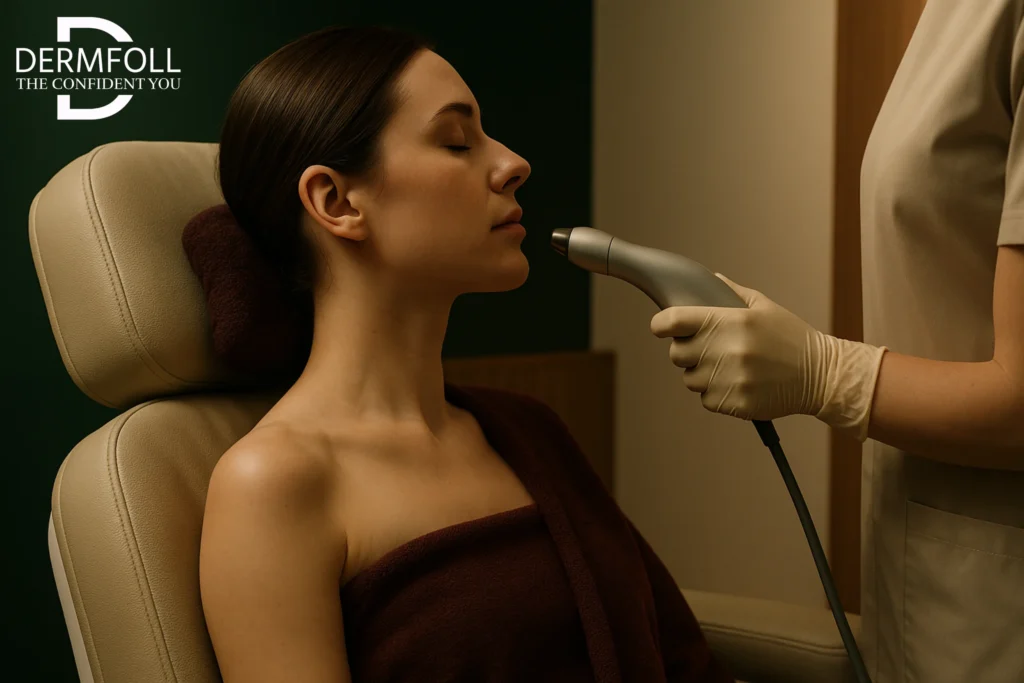
What to Expect in a Single-Dot RF Session
If you’ve been curious about what actually happens during a single-dot system radio frequency session, you’re in the right place.
Let’s walk through it together, step by step, from consult to post-care. So you know exactly what to expect.
🔍 The Pre-Treatment Conversation
There is a lot of ground to cover before the first pulse is ever sent. Most clinics start with a thorough consultation, and that’s the right thing to do.
This is when your provider looks at your face and decides where to treat it, as well as making sure your skin is in the best shape possible to get energy from the monopolar radio frequency device.
Depending on your skin type, the clinician might recommend pausing actives (like retinoids or acids) a few days prior.
You may also be advised to hydrate well or avoid sun exposure.
For sensitive clients or for deeper areas to be targeted, a topical anesthetic may be applied, though most modern density monopolar RF devices are already designed to be quite tolerable.
🔶 Targeted Tightening in Your 40s–60s
• Potenza™ RF Microneedling – Single-dot precision for midface lift and under-eye refinement; ideal dot density for visible jawline contour
• Thermage® FLX – One-and-done volumetric heating for full-face and neck lift; optimal for jowls, nasolabial folds, and crepey skin
✨ Treatment Sensation & Time Commitment
So, how does it feel? Most clients describe the sensation as a rhythmic warmth, somewhat like a forceful, hot stone massage.
Most advanced handpieces include built-in vibration and cooling, which is why this is possible. This is especially true for systems like Thermage FLX and Exilis Ultra 360.
How long your sessions last depends on how many places you’re treating. They usually run between 30 and 90 minutes.
Expect your doctor to painstakingly “stamp” each region with precision.
This method of using only one dot implies that each zone gets its own attention. There are no hasty sweeps or shortcuts.
Post-treatment, your practitioner will apply a relaxing serum or mask and talk you through aftercare advice.
No harsh scrubs for a few days, drink a lot of water, and use SPF like it’s your closest friend.
⏳ Downtime, Healing Timeline & Maintenance Frequency
Here’s the truth: monopolar RF face lifting isn’t a downtime-heavy treatment, but there are a few things you should plan for.
Right after your session, expect mild redness or puffiness, especially if the under-eye area or jawline was treated. This typically fades within hours.
In some cases, you may notice a bit of rough texture or “micro-crusting” 2–3 days post-treatment.
Don’t worry- it’s part of the skin’s natural turnover process and usually resolves without intervention.
In terms of results? You might feel a subtle lift right away (thanks to initial collagen contraction), but the real transformation unfolds slowly.
Over the next 2–6 months, your skin will begin producing fresh collagen, leading to firmer, smoother, more defined contours.
And what about keeping those results? Most clients return for maintenance every 12 to 18 months depending on their age, lifestyle, and skin condition.
And a lot of them also couple this with weekly at home sessions with there handheld device as well.
Some pair it with other treatments like microneedling or light-based therapies to stay ahead of the curve.
Trusted Providers Across the USA, UK, and Europe
Now that you know what to expect during a single-dot system radio frequency session, it’s just as important to know where to go.
When it comes to monopolar RF face lifting, the provider’s experience and technology matter deeply.
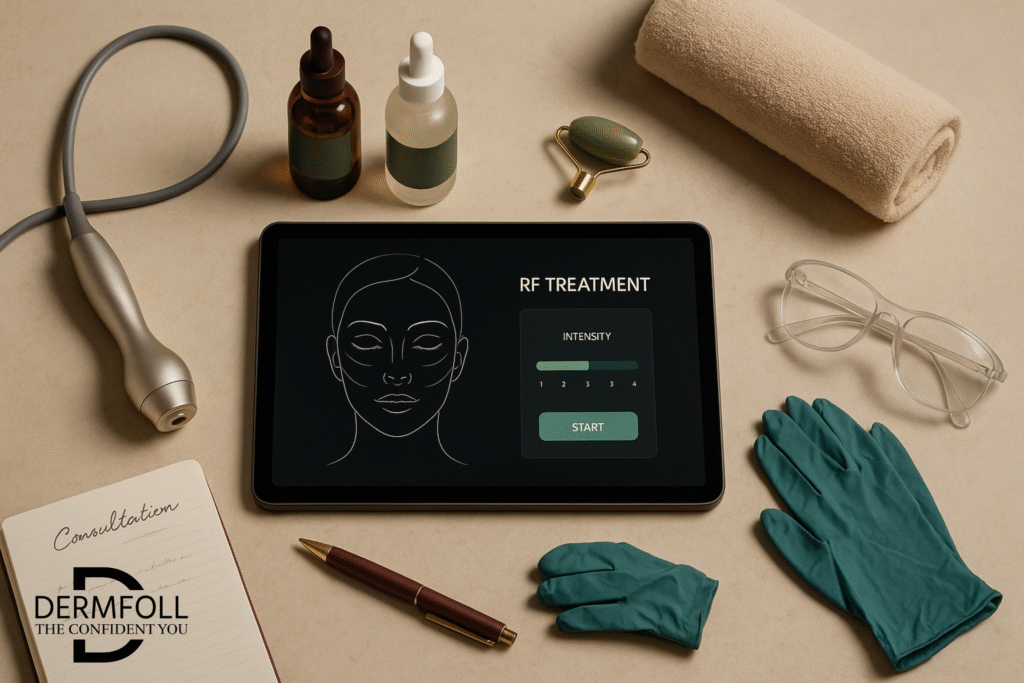
Here are a few trusted names across regions using top-tier monopolar radio frequency devices like Thermage FLX and Exilis Ultra 360:
USA
- LaserAway (Nationwide, USA): LaserAway’s expert clinicians deliver Thermage FLX with precise energy mapping and Potenza RF Microneedling protocols, ensuring brand-standard, personalized collagen-boosting.
- U.S. Dermatology Partners (Multiple states): Known for custom vector mapping and tailored energy delivery, they provide both facial and body contouring solutions.
🔶 Safe & Effective Across All Skin Tones & Laxity Levels
Potenza™ RF Microneedling – Dyschromia-busting monopolar RF safe on Fitzpatrick I–VI, customizable depths for post-partum or post-weight-loss laxity
Thermage® FLX – Melanin-blind monopolar energy with Comfort Pulse™ for consistent results, from subtle refresh to surgical-alternative tightening
UK
- London Premier Laser & Skin Clinic (London): Offers Thermage FLX with a reputation for safety, results, and inclusivity across all skin types.
- Dr Russo Skin Expert (Harley Street): One of the UK’s earliest adopters of Thermage, known for personally administered, high-touch care.
- LMA Clinic (London): Specializing in Exilis Ultra 360 with dual RF-ultrasound tech, this clinic is led by respected surgical experts.
Europe
- Dr Duve Dermatology (Germany/Switzerland): Offers Thermage FLX with over 20 years of facial aesthetic experience and a holistic, tailored approach.
- Elegant Clinic Banús (Spain): Provides medically supervised Thermage treatments in Marbella, with a focus on luxury, safety, and visible results.
- Clinicus (Lithuania): Offers Exilis Ultra 360 for both facial and full-body rejuvenation, with a strong emphasis on collagen renewal and non-invasive contouring.
Each of these clinics brings clinical-grade expertise, the latest density monopolar RF systems, and a reputation for patient-centered care.
Choosing a provider with this level of focus ensures your experience is as safe and effective as it is rejuvenating.
CONCLUSION
✔ Every age group benefits differently
From preventive care in your 30s to surgical alternatives in your 60s, single-dot RF adapts to your skin’s decade-specific needs.
✔ Safe for all skin tones
Because it bypasses melanin, unipolar RF technology is safe and effective for Fitzpatrick Types I through VI.
✔ Customized for real-life skin journeys
Whether you’re navigating post-partum changes, weight loss, or just everyday skin stressors, this technique adjusts zone by zone.
✔ Treatment is precise, tolerable, and time-conscious
Modern monopolar radio frequency devices make the experience comfortable and controlled, with minimal downtime.
✔ Maintenance is low-lift, but results are long-term
A session today activates collagen for months. Many return only once a year to maintain lift and structure.
✔ Trusted global providers offer cutting-edge options
From NYC to London to Marbella, expert clinics are already using single dot system radio frequency platforms like Thermage FLX and Exilis Ultra 360.
We have an exiting guide for you, we dive deeper into skincare synergy after RF treatments. You’ll learn about the best ingredients to accelerate healing and boost collagen
If you’ve ever asked, “What should I put on my skin after RF?”, you’ll want to read this.
